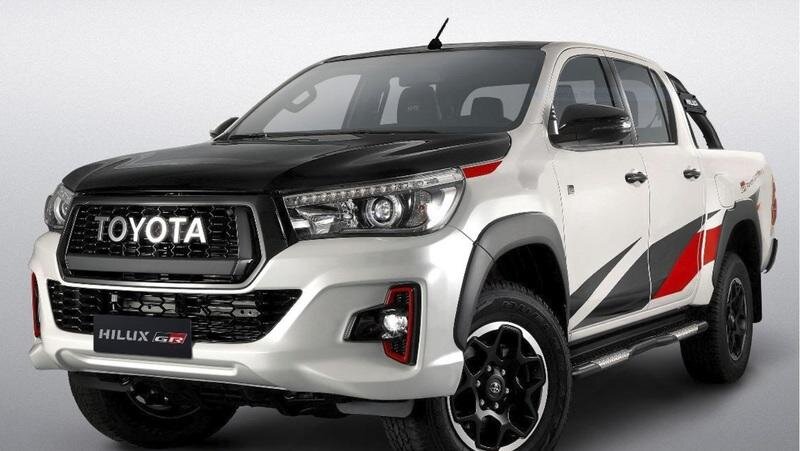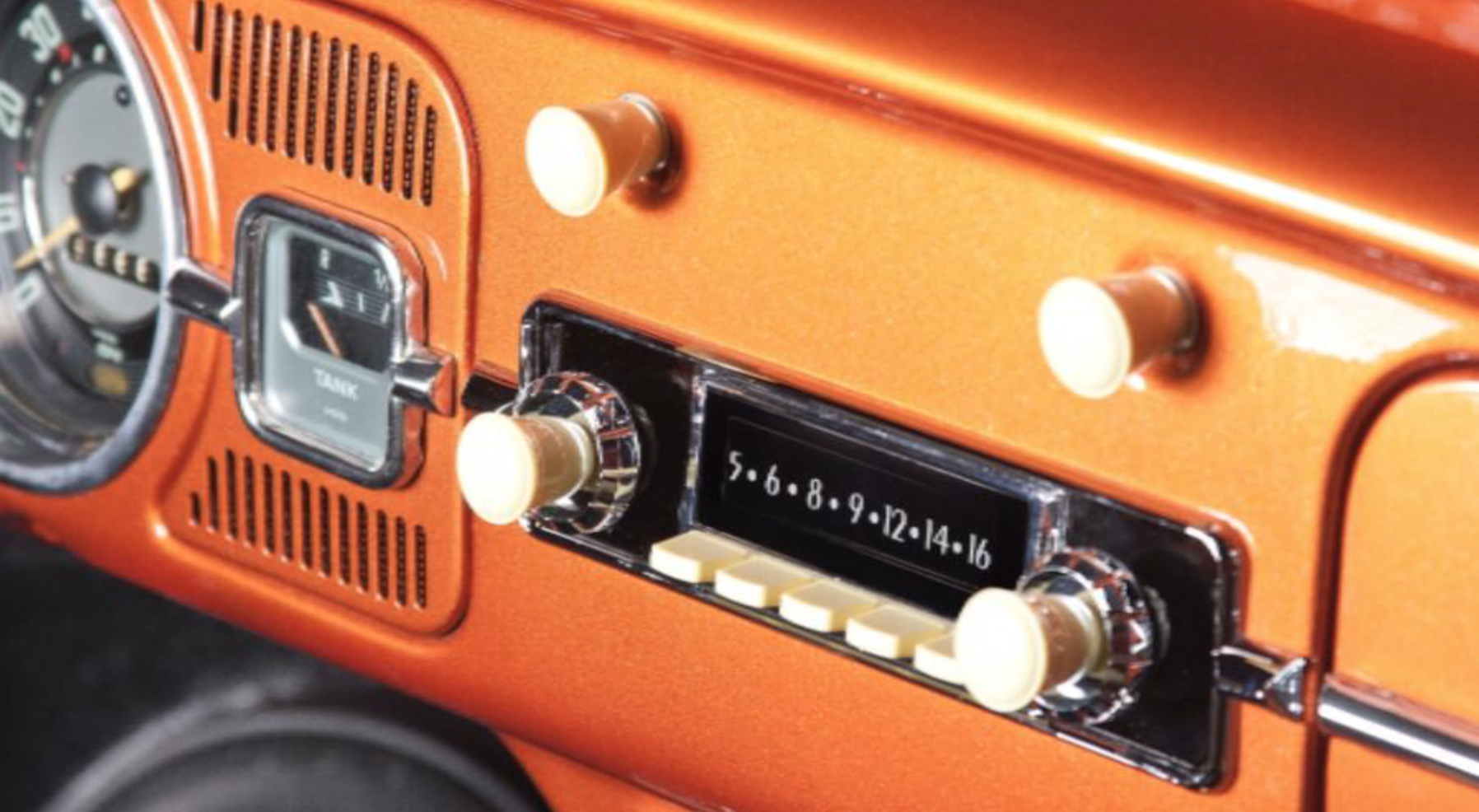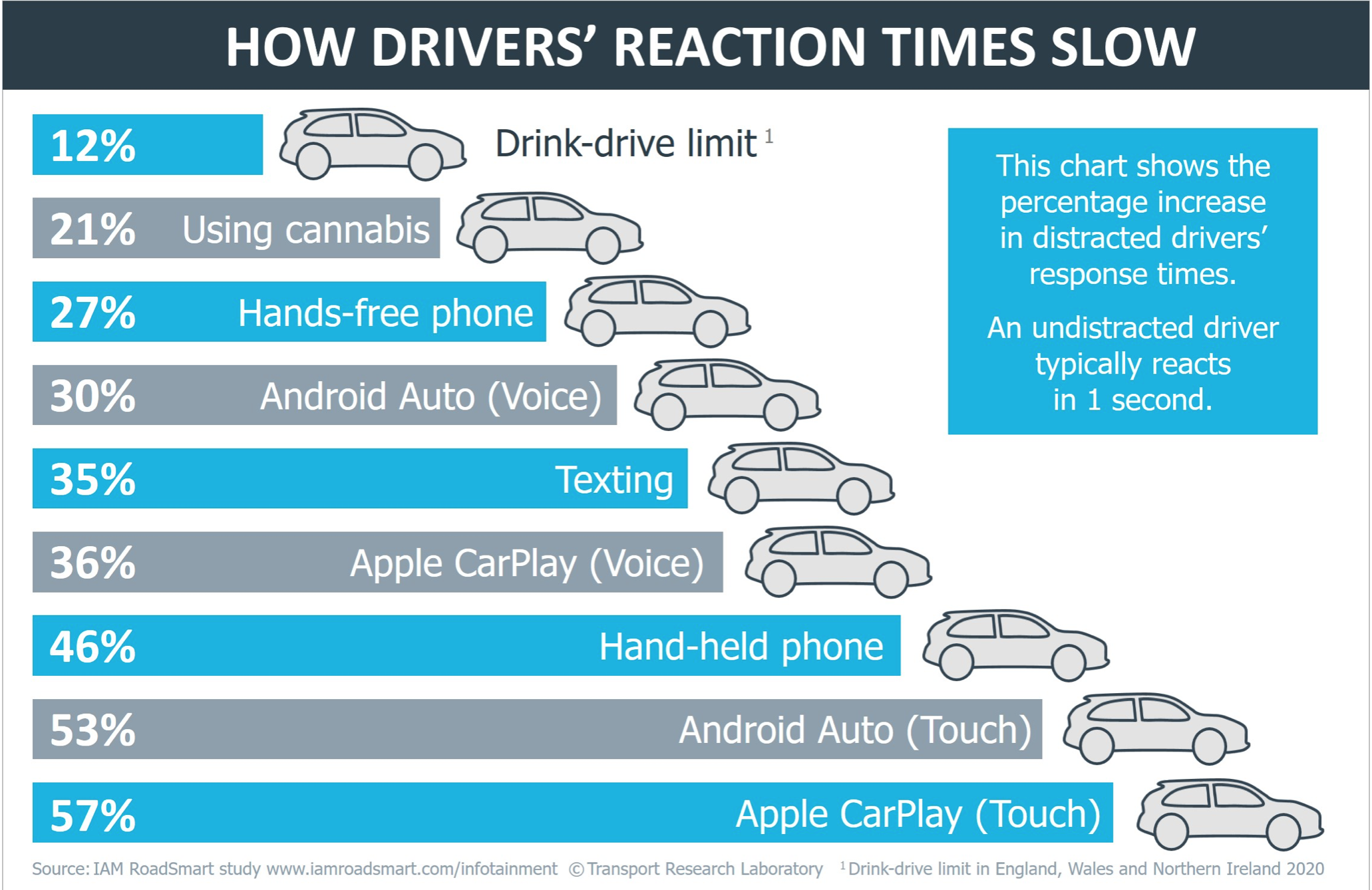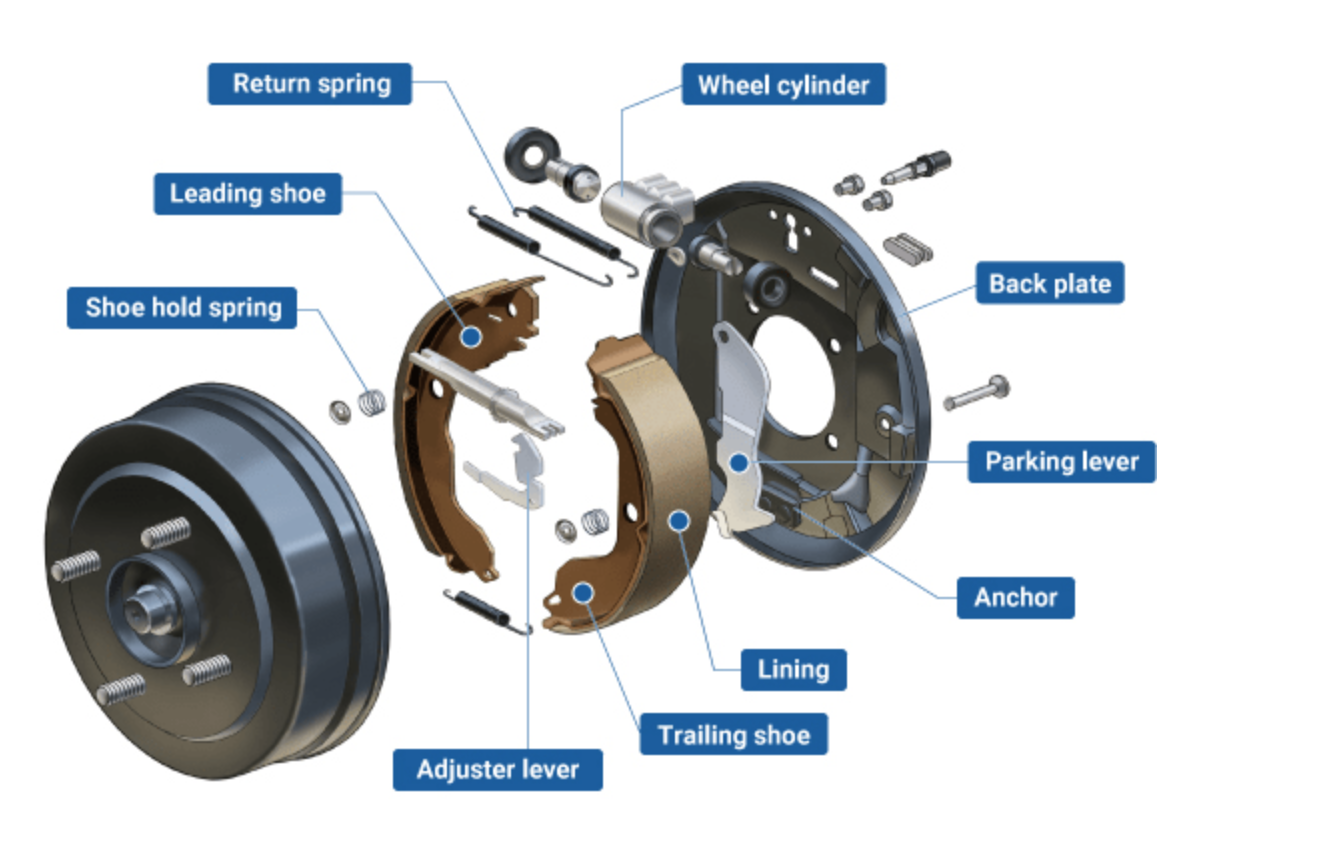
Overland Tech and Travel
Advice from the world's
most experienced overlanders
tests, reviews, opinion, and more
The saga of JUE 477, first production Land Rover
A new book published by Porter Press International tells one of the most fascinating and unlikely tales in the history of the Land Rover: the saga of the very first production vehicle, 860001 (the title refers to its registration plate, JUE 477).
The vehicle was intended for presentation to King George VI, but instead wound up working for a living on farms and mining sites. A farmer named David Fairless bought it 22 years later for the estimable sum of £15, and let it sit in a field until 1998, when on a whim he trailered it to the Series 1 Club’s 50th anniversary rally. When the rally’s attendees realized the import of the 860001 serial number Fairless was deluged with offers, and he stashed the Land Rover in a barn. Not until after his death was 860001 sold—to Sir James Ratcliff, a Land Rover aficionado and more recently the founder of Ineos, the soon-to-be manufacturer of the Grenadier, the spiritual successor to the Defender, and by extension, 860001.
The 128-page book by Martin Port contains 240 photographs, from historical images through a complete documentation of JUE 477’s careful restoration.
Porter Press is here.
Hilux news and rumors
Yes, it’s time to torture myself and you with updates on the Toyota truck we wish we could get in the U.S. You know, the one with the fully boxed chassis and turbodiesel powerplant?
First up is the announced Hilux GR (above), an apparent stab at a Toyota version of Ford’s Ranger Raptor (which we also don’t get). In contrast to the regular Hilux’s 2.8-liter four-cylinder turbodiesel, which produces 174 horsepower and 332 lb.ft. of torque, it’s rumored the GR will have a V6 turbodiesel making upwards of 270 horsepower and a staggering 480 lb.ft. This is apparently the same engine that will be in the upcoming 300-Series Land Cruiser.
On a more basic level the Hilux is expected to get a facelift next year, prior to a redesign in 2023. Whether this image is accurate or a rendering we do not yet know.
The further rumor is that the redesigned Hilux will be merged with the U.S.-market Tacoma to return to the single world-platform pickup Toyota sold until the introduction of the Tacoma for us soft Americans.
I’ve been hearing this rumor since 2015, so I’ll wait and see.
Then again, we finally got the mid-engined Corvette. So miracles do happen.
Why you need the new edition of Tom Sheppard's Four-by-four Driving
If you want to be a better driver— and who doesn’t no matter what level we might consider ourselves to be at the moment?—and you don’t have this book, you need it. Trust me on this.
Full disclosure: I receive a bit of commission on every copy sold in the U.S., and I contributed the sections on winching and Hi-Lift/ARB jacks. But that’s not why I want you to buy it.
The reason you need it is because there is no other instructional book on four-wheel-drive technique that does what Tom Sheppard does in this one.
Four-by-four Driving doesn’t simply tell you how to drive in different situations. As the blurb on the back cover states, “I.T.D.S.—It’s the Driveline, Stupid.”
Knowing how to drive is great. Knowing why the vehicle does what it does, knowing how different drivetrains operate and how each reacts to differing terrain, knowing the strengths and weaknesses of each type of four-wheel-drive system, and learning how to exploit those strengths and accommodate those weaknesses, will turn you from a competent driver into a master of the machine and the terrain. I still learn or am reminded of those lessons every time I open my copy.
You can, if you like, just read the section in Four-by-four Driving that covers your own vehicle, but you’ll gain much more if you read through the descriptions of drivetrains and operating systems of vehicles around the world. Not only can you master your Tacoma, you’ll be able to hop in a friend’s Discovery or Wrangler or G-Wagen and master it too. In fact if you dedicate yourself to the first part of this book you could probably be air-dropped anywhere on the planet and stand a good chance of knowing how the dominant local transport works. Suzuki Jimny? Sure. Skoda Karoq Scout? Yep. On the off chance you find yourself in a Rolls Royce Cullinan, you’ll be right at home. And this edition includes, among other updates, full technical details of the new Land Rover Defender. (If you already own the fifth edition, note that the Defender coverage comprises the majority of changes to the sixth.)
Only after explaining drivetrains, traction-control systems, suspensions, and operating systems does the book start in on driving techniques, beginning with what I consider to be the basic skill that must underpin all others: mechanical sympathy.
Then, yes: You’ll learn how to drive on sand, mud, ice, and rocks. You’ll learn how to handle ruts, side slopes, water crossings, hill ascents and descents. Following this comes a chapter on recovery, both solo and assisted (and that brilliant section on winching . . . ).
Finished? Not even close. Now comes a section on advanced driving. If you ever find yourself plopped in the driver’s seat of a 60-year-old Bedford truck with a non-synchro gearbox, you’ll learn how to handle it. Or, want to show off by shifting the transfer case in an FJ40 or Series Land Rover from low to high range, while moving? That’s in there too.
Following all this are sections on expedition basics, tires and tire pressures, loading and lashing, oil types and grades, fuel, water . . .
But it’s in Four-by-four Driving’s former-RAF-test-pilot level of detail explaining how four-wheel-drive vehicles do what they do that the real gold of the book lies. Which explains why, unlike those 30 different watches you can buy that all claim to be “Used by Special Forces,” Four-by-four Driving actually is used as a training manual by special forces in both the U.K. and the U.S. It’s worth every penny.
Available right here.
World's most exclusive used overlanding vehicle?
Of course one could make an argument for John Steinbeck’s Rocinante—but that’s in a museum. You can actually buy Steve McQueen’s 1952 Chevrolet 3800 and camper from the Legendary Motorcar Company. Note that “can” is highly subject to your financial status. The company doesn’t list the price; you have to “enquire.” From their description—which I’ve edited for grammar, ahem:
This special 1952 Chevrolet 3800 Pickup with custom camper was purchased by the legendary Hollywood actor Steve McQueen from a migrant farmer he passed on the side of the road in the late ‘70s when he resided in Trancas Beach, north of Malibu, California. An avid collector of vintage cars, trucks and motorcycles throughout his lifetime he owned more than 60 rare vehicles including a 1951 Hudson Hornet, a 1956 GMC Suburban, a 1931 Lincoln Club Sedan, a 1946 Willys Jeep, and a 1935 Chrysler Airflow Imperial Sedan. This 1952 Forest Green Chevrolet 3800 series is a one-ton step-side long-bed. Powered by the original 235 cu in Loadmaster 6-cylinder engine with a 4-Speed manual transmission.
McQueen understandably used the truck for cross-country camping trips as this Chevrolet pickup truck features a custom camper known as "Dust Tite.” The custom camper was built by Harold Van Hoosen, a sheet metal fabricator from Yreka, California, in October 1952.
Made of galvanized metal and aluminum, the camper includes a double-size bed, storage cabinets, drawers, shelves, and a heavy-duty diamond-plated rear bumper. Inside the famous Chevy 5-Window cab design, complete with sun-visor, the two-tone green bench seat is in wonderful condition. The interior has a pretty high trim level for a truck of this era and has an AM radio and Chevy heater. It also has a platform on top, making it a prime viewing location for auto and motorcycle racing events. Other features of this wonderful truck include five-gallon gas tanks on the running boards, driver's side spotlight and two toolboxes.
In case you’re in the market, LMC is here.
The hazards of touch-screen ubiquity
Have you ever read the results of some study that probably cost tens or hundreds of thousands of dollars to conduct, and thought, Someone paid money for this? Such as the one I read about some time ago, which showed that drivers of expensive cars were less likely to yield to pedestrians and bicyclists than drivers of older or cheaper cars. Wow, never could have figured that out on my own.
The latest is one run by the UK’s largest independent road-safety charity, IAM RoadSmart, which reveals that in-car touch-screen infotainment systems such Apple CarPlay and Android Auto drastically slow the reaction times of drivers. Stopping distances, lane control, and response to external stimuli all suffered even in comparison with texting.
Someone paid money for this?
Think back—those of you who can think back this far—to when the radio in your vehicle had two knobs and four or five manual station preset buttons. My FJ40 came with such a unit. To operate it I never had to take my eyes off the road. I could reach down and feel the on/off/volume knob, and tactilely count with a finger which station button I wanted to press.
Not so with the—rather ironically named when you think about it—touch screen. There is no way to tactilely determine where you are on a touch screen; you have to look at it. Combine that with the multiple functions and choices necessary to wade through and, well, as IAM RoadSmarts tests revealed, reaction times of tested drivers were worse than for those on cannabis and at the legal alcohol limit. Some drivers took their eyes off the road for as long as 16 seconds—that’s 500 yards at 70 miles per hour. Reaction times while choosing music through Spotify on Android Auto or Apple CarPlay were worse than for drivers who were texting.
It should be obvious by extrapolation that any operation controlled by touch screen—climate control, navigation, etc.—would have the same deleterious effect on reaction time. This, not any Luddite obtuseness, is why I strongly prefer mechanical controls for such accessories.
Incidentally, the same study showed that reaction times while using voice control for Android Auto and Apple CarPlay were also slower, albeit by not as much. Simply put, anything that takes your mind off driving is bad for your driving.
If you’d like to send me money for this revelatory post, email me for my Paypal address.
Once more, with feeling: Drum brakes are not "better off road."
It never fails to surprise me how persistent myths can be, even when there is an abundance of authoritative evidence to counter them.
A recent, otherwise informative and enjoyable article in a magazine I receive highlighted a classic four-wheel-drive vehicle from the 1960s. In describing the mechanicals, the writer noted that the brakes were drums on all four corners—still perfectly common in those years (my 1973 FJ40 came with all-drum brakes). While acknowledging this as outdated technology, the writer nevertheless went on to say (I’m paraphrasing), that drum brakes are less susceptible to loading up with debris off road, and that they stay cooler than disc brakes.
These claims are, respectively, badly misleading and utterly wrong.
The claim that drum brakes are less likely to load up with debris—for example mud during an excursion through a mucky hole—might seem logical on the surface, since a disc brake’s rotor is completely exposed to the elements and is immediately doused with whatever comes its way. It is more difficult for gunk to work its way past a drum-brake’s backing plate and get into the mechanism. (No less an entity than Toyota Motor Corporation co-opted this line to excuse its parsimonious decision to retain rear drum brakes in the current Tacoma.)
The problem is that, once that gunk does get into a drum brake’s internals—and it will—it stays there until you disassemble it and clean it out, a time-consuming chore. Ask me how I know. A disc brake might squeal initially as slush impacts against the pad and disc, but it will quickly wipe itself clean, and if there is anything left a quick powerwash will take care of it. Drum brake shoes ride farther away from their contact surface on the drum, allowing debris to be caught between them.
The other claim, that drum brakes stay cooler than disc brakes, blithely ignores basic physics. Stopping a moving vehicle requires converting its kinetic energy into thermal energy. Period. All brake systems, whether drums or discs, have to absorb and then dissipate the exact same amount of heat when stopping an equivalent vehicle from an equivalent speed. Period. And while drum brakes absorb heat just fine—my FJ40, which now has four-wheel-disc brakes, stops no shorter than when it had all drums the first time you do so—they are are significantly worse at dissipating the heat they have absorbed. On a long, winding downhill road towing the 21-foot sloop I owned at the time the 40 still had stock brakes, the pedal would get progressively softer and less effective as brake fluid boiled into gas at the system’s wheel cylinders, where the drum brakes were retaining huge amounts of heat. Converting to disc brakes solved the issue as their rotors, exposed to the air, more rapidly dumped that heat.
So, once more, with feeling: Drum brakes are not “better off road.”
It's 10:00 AM, and I could use a drink
I’m a big proponent of effective mirrors, and of developing the ability—and trust—to use them. I learned this decades ago while delivering furniture and major appliances for J.C. Penney, driving a 24-foot box truck and, occasionally, a 40-foot semi. You either learned to use and trust your mirrors on those trucks or you wouldn’t make it far without damaging either the truck or something the truck impacted. But I learned that mirrors don’t lie. If a mirror tells you the back bumper of the truck is two inches away from a wall on the passenger side, you can be absolutely sure it’s two inches away. This made maneuvering and backing much easier than it seemed at times to onlookers such as homeowners, whom I could (also) see in my mirrors gesticulating wildly or actually screaming as I backed up near their houses. But I never so much as scratched one (house or owner).
Needless to say, learning to use mirrors effectively is just as useful when piloting a four-wheel-drive vehicle in difficult terrain. If your mirror tells you you’re still two inches away from that tree trunk you need to back around, you can be absolutely sure you’re still two inches away.
However, effective use of mirrors depends on having effective mirrors.
The stock mirrors on my FJ40 were high-quality steel-framed units, but the round configuration was just too small. I dealt with them for years before deciding to try a different approach. My first trial was a set designed to bolt to the windshield hinges—no drilling required. They were very nice mirrors with decent area, but as it turned out the vertical tube of my front roll cage badly obscured the passenger-side mirror. Attempts to swing the arm backward just ran it into the windshield frame. Fail.
The next experiment was a set designed to bolt to the door hinge—again, no drilling required. That solved the roll-cage issue; however, I found the rectangular shape of the new mirror to be barely better than the original round mirror. They were tall enough but not wide enough. Another fail.
Tall enough but not wide enough
The solution had been there all along, and I knew it, but I’d been hoping to avoid that route. Later FJ40s came with generously sized square mirrors, but they employed a different mounting system that involved three holes drilled in the door just behind the top hinge.
Finally I ordered a set of the newer mirrors, along with a retrofit kit, from Cool Cruisers in Texas (noting on my order that no thanks, I did not want a free poster of a scantily-clad chick holding an AK47 posed in front of a Land Cruiser). The kit sat in my garage for a month while I procrastinated and found other tasks to do, like emptying out the junk in the center console, and, oh, wow, the windows really need a good cleaning.
Finally I gritted my teeth and deployed the 7/16ths drill bit called for. I was leery of the plastic compression inserts designed to hold the bolts for the new-style mirrors, but actually they snugged up reassuringly.
The new mirrors are a huge improvement, and worth the angst of applying a drill to my beautiful doors.
My only remaining regret is the slightly—no, decidedly—cheesy appearance of the plastic backing on each mirror. I know exactly how to fix that: All I need are the custom mirrors offered by the FJ Company; the models they install on their $200,000 restorations. They’ll let plebes like me order just the mirrors—for $1,200 per pair.
It's not a "sway bar!"
Sometimes it is a heavy burden to be an uncompromising linguist. I recently saw a meme that resonated profoundly: “My life is a constant struggle between the need to correct grammar and the desire to have friends.” While I never, ever criticize or correct others in public—well, virtually never—anyone who has ever submitted an article to me discovered quickly that I did not let sloppy grammar, spelling, or usage slide. Queries that failed to employ even a smidgen of proper English went straight to the trash.
Certain things in particular set me off. I’ll fight to my grave the now-embedded acceptance of “their” to indicate a singular person, or the use of “altitude” when “elevation” is the correct term. Apostrophes in a plural? Mandatory jail time, I say. Or how about . . .
Sorry. Where was I? Right: Overland Tech and Travel. Let’s continue.
Many modern vehicles are equipped with an auxiliary suspension component, sometimes on the front suspension, sometimes on both front and rear. The component is in essence a spring—a rod usually shaped like an “E” without the middle horizontal. Each end is connected to one side of the suspension, usually by a link that can pivot slightly. The middle is connected to the chassis. When the vehicle enters a turn at speed and begins to lean toward the outside of the turn, the rod resists twisting and thus reduces the amount of lean.
This device is called an anti-roll bar, because the proper term for the “lean” a vehicle experiences in a turn is “roll.” Refer to the above graphic.
Unfortunately, the anti-roll bar is frequently referred to as a “sway bar”—an utterly incorrect term as you can see from the graphic. An anti-roll bar will in fact do nothing to control sway.
So ingrained is the mis-use that the switch for the brilliant and useful driver-disconnectable anti-roll bar on the Jeep Rubicon is labelled “Sway bar.” Aargh.
Anyway, please join me in insisting on the proper term.
Now, about those comma splices . . .
Hint: When using “Search,” if nothing comes up, reload the page, this usually works. Also, our “Comment” button is on strike thanks to Squarespace, which is proving to be difficult to use! Please email me with comments!
Overland Tech & Travel brings you in-depth overland equipment tests, reviews, news, travel tips, & stories from the best overlanding experts on the planet. Follow or subscribe (below) to keep up to date.
Have a question for Jonathan? Send him an email [click here].
SUBSCRIBE
CLICK HERE to subscribe to Jonathan’s email list; we send once or twice a month, usually Sunday morning for your weekend reading pleasure.
Overland Tech and Travel is curated by Jonathan Hanson, co-founder and former co-owner of the Overland Expo. Jonathan segued from a misspent youth almost directly into a misspent adulthood, cleverly sidestepping any chance of a normal career track or a secure retirement by becoming a freelance writer, working for Outside, National Geographic Adventure, and nearly two dozen other publications. He co-founded Overland Journal in 2007 and was its executive editor until 2011, when he left and sold his shares in the company. His travels encompass explorations on land and sea on six continents, by foot, bicycle, sea kayak, motorcycle, and four-wheel-drive vehicle. He has published a dozen books, several with his wife, Roseann Hanson, gaining several obscure non-cash awards along the way, and is the co-author of the fourth edition of Tom Sheppard's overlanding bible, the Vehicle-dependent Expedition Guide.
























